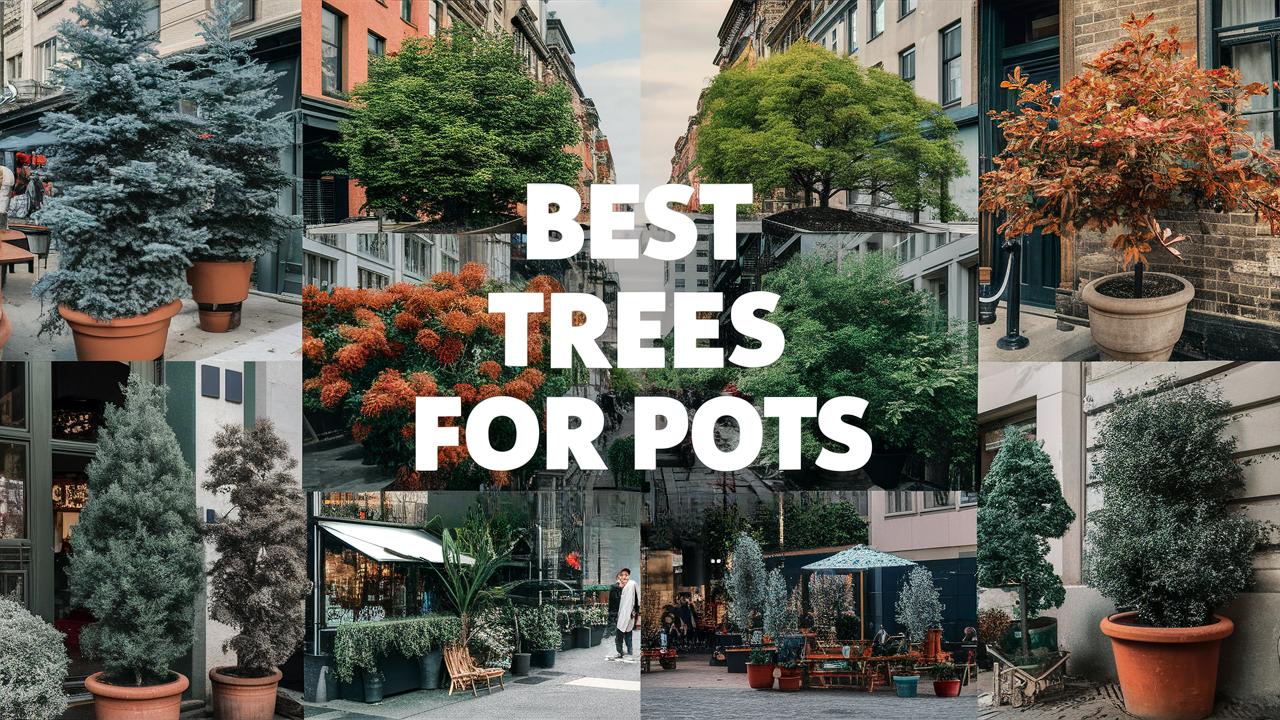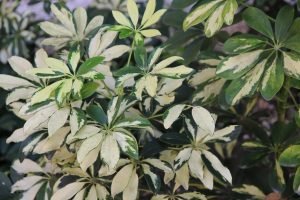In this guide, we’ll explore some of the best trees for pots, featuring a diverse range from flowering trees to fruit-bearing options. Each tree chosen brings its own unique character and benefits, making them suitable for various aesthetics and gardening goals.
Olive Tree in Pots
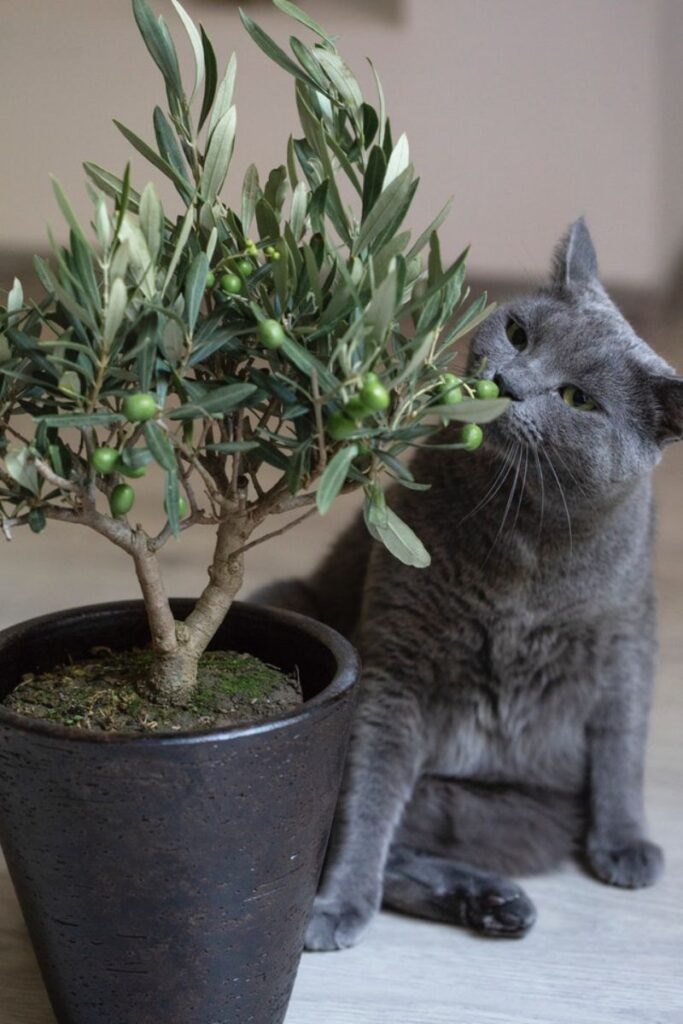
The olive tree (Olea europaea) is not just a staple of Mediterranean landscapes; it is also an excellent choice for container gardening. Known for its stunning silvery leaves and gnarled trunk, an olive tree can become a focal point in your outdoor decor. What makes olives particularly appealing for pot cultivation is their adaptability to small spaces. They thrive in well-draining soil and require plenty of sunlight; hence, placing them in a sunny spot can help them flourish.
Beyond their beauty, olive trees are remarkable for their hardiness. They are drought-tolerant once established, making them suitable for busy gardeners who may not have time for frequent watering. Additionally, your olive tree may eventually produce fruits, leading to an exciting culinary adventure of home-made olive oils and tapenades.
Japanese Maple
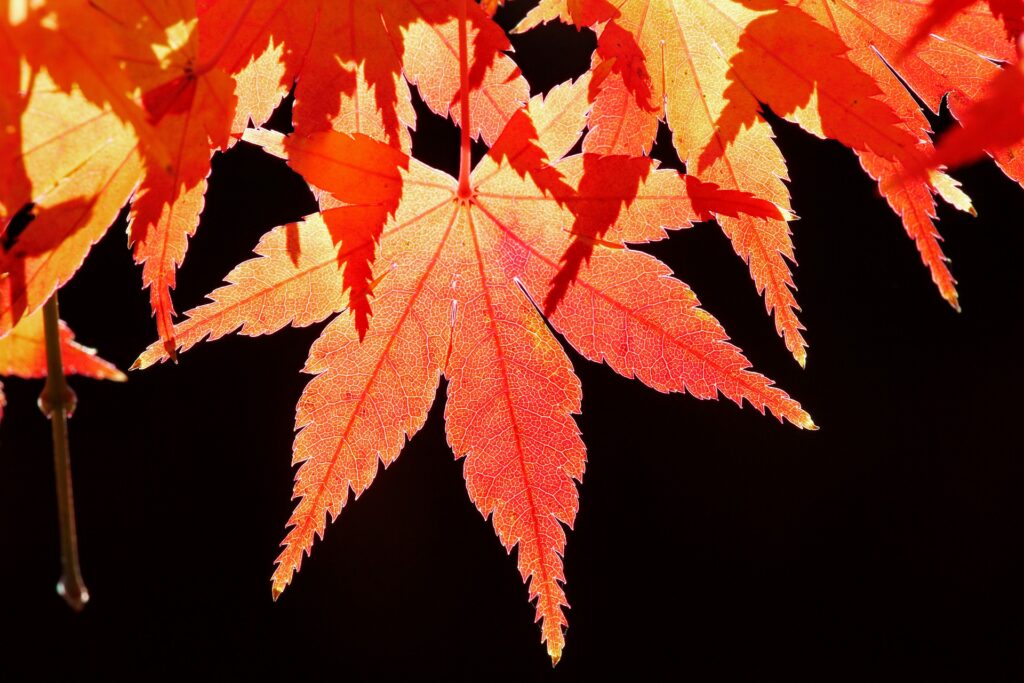
If you’re looking for a tree that adds elegance and color to your space, the Japanese maple (Acer palmatum) is an outstanding candidate for pots. With delicate leaves that can display an enchanting array of colors from deep crimson to vibrant green, this tree can serve as a stunning architectural feature in any setting.
Japanese maples prefer a partially shaded area with moist, well-draining soil. Their compact size makes them ideal for pots, and their slow growth rate doesn’t necessitate frequent repotting. One delightful aspect of this tree is its changing foliage through the seasons. In the spring, tender greens emerge, in summer they provide cool shade, and by autumn, you’re rewarded with a breathtaking display of fiery reds and oranges.
Apple Tree
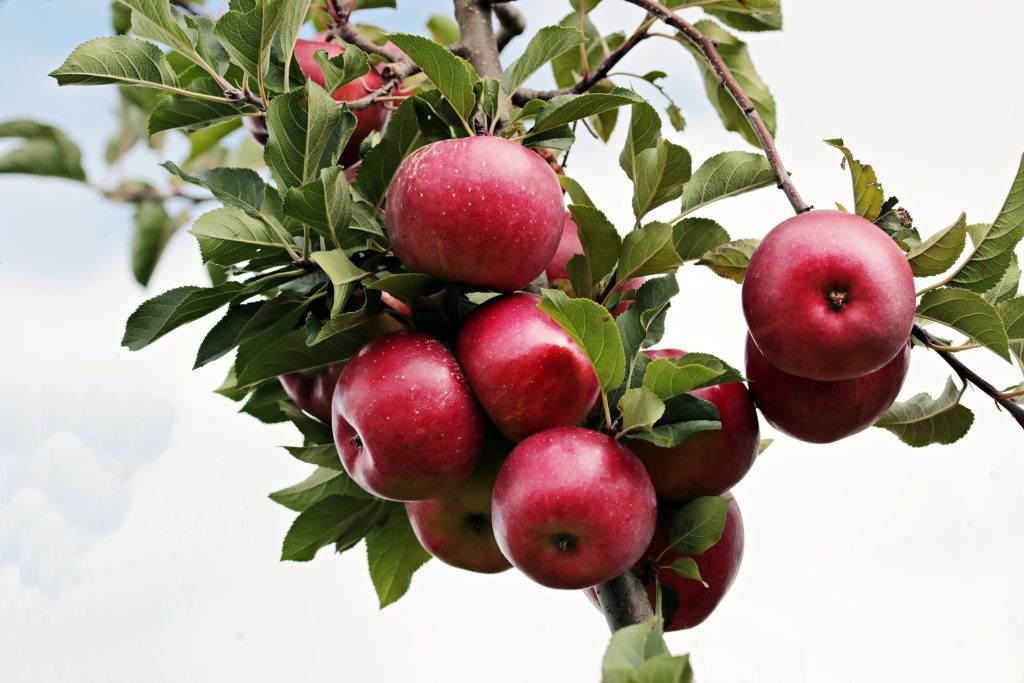
Imagine stepping out onto your patio and picking a juicy apple right from your own tree. Dwarf apple trees, such as ‘Honeycrisp’ or ‘Fuji’, thrive beautifully in pots and can be just as fruitful as their larger counterparts. These trees typically reach heights of 3 to 8 feet, making them manageable in a container setting.
To grow apples successfully in pots, ensure that your pot is at least 18 inches in diameter, filled with quality potting mix. They also need full sunlight and benefit from regular pruning to maintain their size and enhance fruit production. In addition, it’s important to have a compatible pollinator nearby, so growing two different varieties can yield a more bountiful harvest.
Crab Apple

Crab apples (Malus spp.) can be an enchanting addition to any container garden. Unlike standard apple trees, crab apples are valued for their ornamental beauty and ability to thrive in smaller areas. Their stunning spring blossoms range from white to vibrant pink, leading to colorful fruit in the fall that can attract local wildlife.
As container plants, crab apples grow well in a variety of settings, requiring full sunlight and consistent watering. Their sizes vary significantly based on the cultivar, making it essential to select a dwarf variety for pot cultivation. Apart from their aesthetic appeal, crab apples can also be used to make traditional jellies and ciders, allowing you to enjoy your harvest in unexpected ways.
Pomegranate
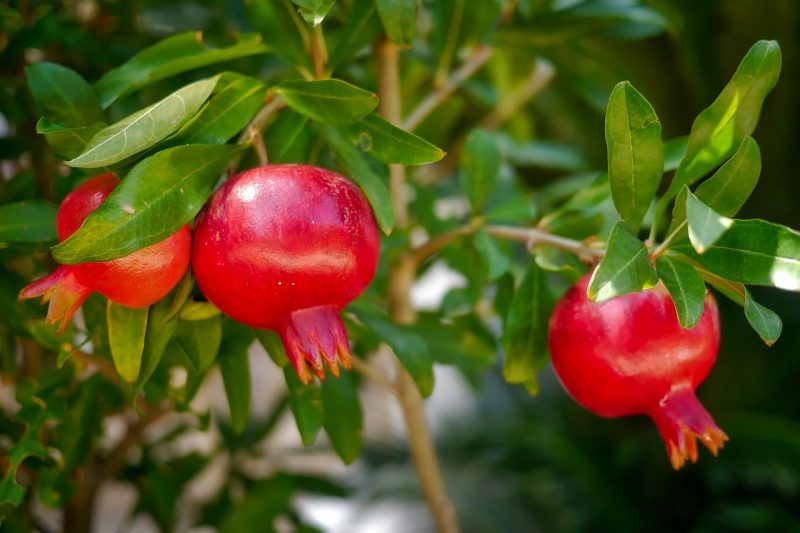
Pomegranates (Punica granatum) are not only visually striking with their bright red fruits and glossy leaves, but they are also perfect for container gardening. A pomegranate tree in a pot can produce gorgeous blossoms and delicious fruit while being relatively low-maintenance.
These trees thrive best in warm climates but can be grown in pots in temperate zones, as they can be brought indoors during colder months. When growing pomegranates in containers, ensure they have ample sunlight and well-draining soil. Regular watering is essential, especially during the fruiting period, to encourage robust growth and an abundant harvest.
Crepe Myrtle

Crepe myrtle (Lagerstroemia indica) offers colorful summer blooms and stunning fall foliage, making it a popular choice for potted gardens. With its versatility, you can enjoy variations in flower colors ranging from white to deep magenta, while its bark peels away in the winter, revealing a stunning texture that can add character to your landscape.
These trees do well in full sunlight and prefer well-drained soil, making them ideal for container cultivation. Regular pruning helps maintain their shape, allowing you to enjoy their beauty in small spaces. Besides being visually appealing, crepe myrtles are also drought-tolerant, which is great news for gardeners seeking low-maintenance options.
Magnolia
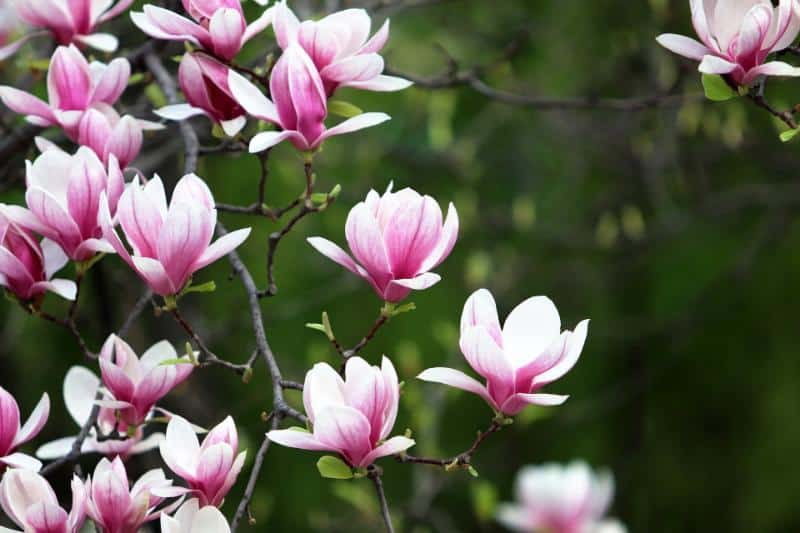
Few trees can rival the dramatic beauty of a magnolia, especially the smaller varieties such as the ‘Little Gem’ or ‘Ann’. Known for their large, fragrant blossoms that appear in early spring, magnolias can become show-stoppers in any pot.
These trees thrive best in partial to full sunlight, and while they prefer slightly acidic soil, good-quality potting mix will often suffice. Magnolias don’t require immense amounts of water, making them suitable for busy gardeners. Their evergreen leaves provide year-round appeal, creating a lush, tropical feel.
Italian Cypress
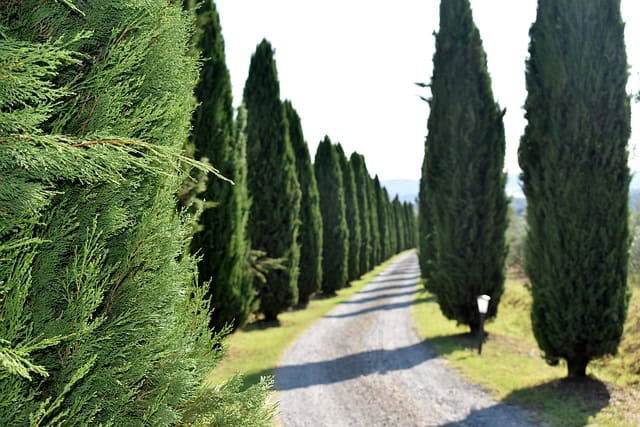
For gardeners looking to create a Mediterranean feel, the Italian cypress (Cupressus sempervirens) is a stellar choice for container planting. With its tall, narrow, and columnar shape, this tree adds an elegant vertical accent while requiring minimal space.
Italian cypress prefers full sunlight and can tolerate a range of soil conditions as long as it drains well. Moreover, it’s a drought-tolerant option that can thrive in various climates, making it perfect for those who may not be able to commit to regular watering. The deep green foliage brings an enduring touch of sophistication to your outdoor space.
Pear Tree
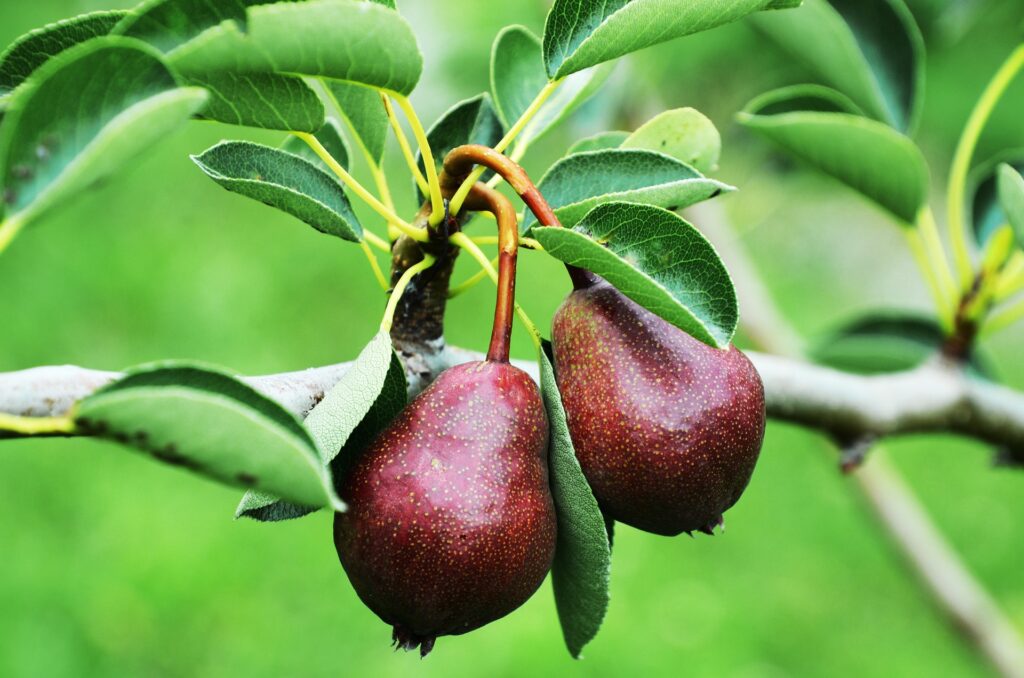
Dwarf pear trees, such as ‘Bartlett’ or ‘Seckel’, provide a wonderful twist to the concept of container gardening, giving you the delightful option of homegrown pears. These trees have been bred for smaller spaces while maintaining the quality and taste associated with full-sized fruit trees.
To successfully grow pears in pots, ensure they receive full sun and are planted in rich, well-draining soil. As with apples, you may want to plant two varieties for cross-pollination to maximize fruit production. Regular watering and occasional fertilization will keep your pear tree healthy, leading to bountiful harvests for an extraordinary farm-to-table experience.
Lemon Tree
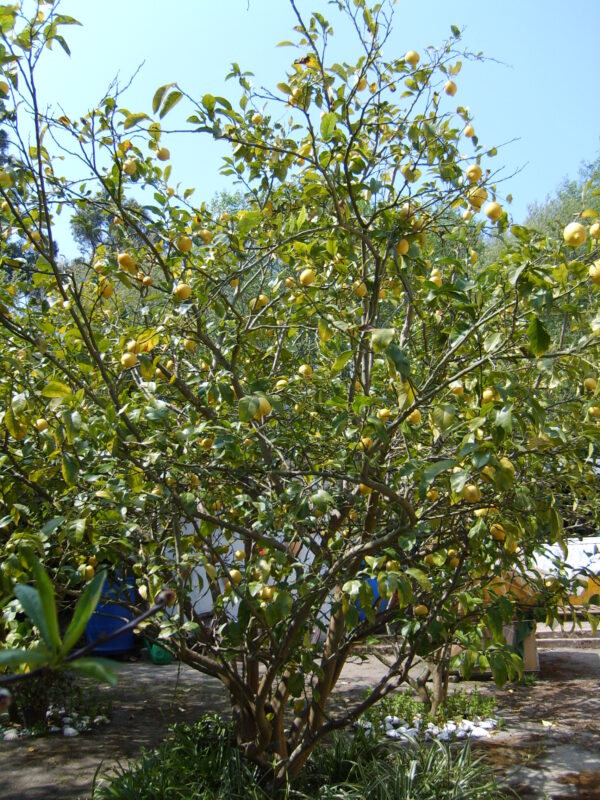
Nothing quite beats the aroma of fresh lemons, and growing a lemon tree (Citrus limon) in a pot brings that joy directly to your home. Dwarf varieties, like the ‘Improved Meyer’ lemon, are ideal for container gardens, often producing fragrant blossoms and juicy fruit, all while reaching manageable heights.
Lemon trees thrive in bright sunlight and prefer warm temperatures. Make sure to use well-draining soil and consider applying citrus fertilizer every month during the growing season. Regular watering is crucial, especially in warmer months, to produce delicious lemons. Plus, growing your own lemons can inspire you to whip up refreshing lemonade or zesty culinary dishes!
Lime Tree

Similar to lemon trees, lime trees (Citrus aurantiifolia) bring a splash of flavor to container gardening. Dwarf lime trees, such as ‘Thais’ or ‘Palmers’, tend to be compact, perfect for pots while offering fragrant blossoms and a bountiful harvest of limes for your culinary adventures.
Like their lemon counterparts, lime trees thrive in full sunlight and should be planted in well-draining soil to avoid root rot. Regular watering and fertilizing keeps these trees healthy and fruitful. The thrill of harvesting your own limes adds an exhilarating element to gardening, along with a fantastic ingredient for cocktails and sodas.
Kumquat
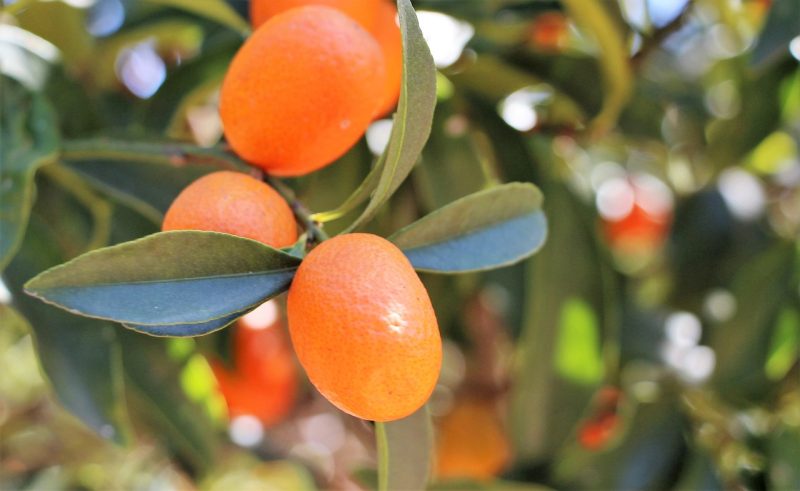
The kumquat tree (Fortunella spp.) is a delightful choice for those looking to grow citrus in pots without requiring excessive space. The small, oval-shaped fruits are unique; they can be eaten whole, skin and all, providing both a sweet and tangy flavor that is distinct and refreshing.
Kumquats thrive in bright sunlight and prefer well-draining soil to keep their roots healthy. They are also relatively drought-tolerant once established, making them a great option for busy lifestyles. Having a kumquat tree on your patio means you can enjoy both its fragrant blossoms and flavorful fruits, adding variety to your garden experience.
Bay Leaf Tree

The bay leaf tree (Laurus nobilis) is beloved for its aromatic leaves, which are a staple in many kitchens. Growing bay leaves in a pot allows easy access to fresh herbs that can elevate your culinary dishes. This evergreen tree presents beautifully shaped leaves and, with the right care, can thrive in a pot for years.
Bay trees enjoy a sunny spot and prefer pots that provide excellent drainage. A regular watering routine is necessary to keep the soil from drying out completely. Bay trees also benefit from occasional pruning, allowing them to maintain a compact shape while promoting healthy growth. Having fresh bay leaves on hand not only adds depth to your cooking but also imbues your garden with a lush and fragrant atmosphere.
Weeping Fig
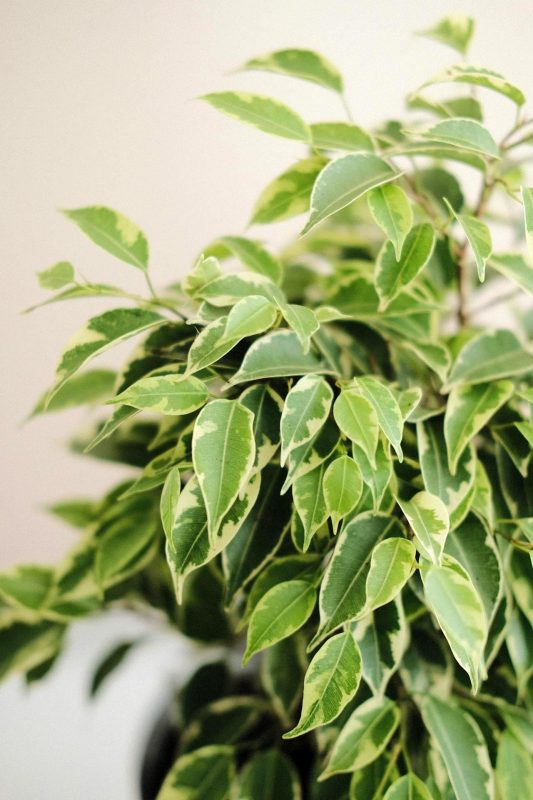
The weeping fig (Ficus benjamina) is a popular choice for indoor container gardening due to its elegant, drooping branches and shiny leaves that add a touch of sophistication to any space. This tropical tree thrives in bright, indirect sunlight and benefits from maintaining consistent moisture levels in its soil.
Weeping figs can adapt well to various indoor environments, making them ideal for pots on your patio, living room, or office. They also benefit from regular pruning, which helps in maintaining their size and shape, encouraging bushier growth. Not only does this tree enhance your indoor aesthetic, but it also purifies the air, contributing to a healthier living space.
Fig Tree
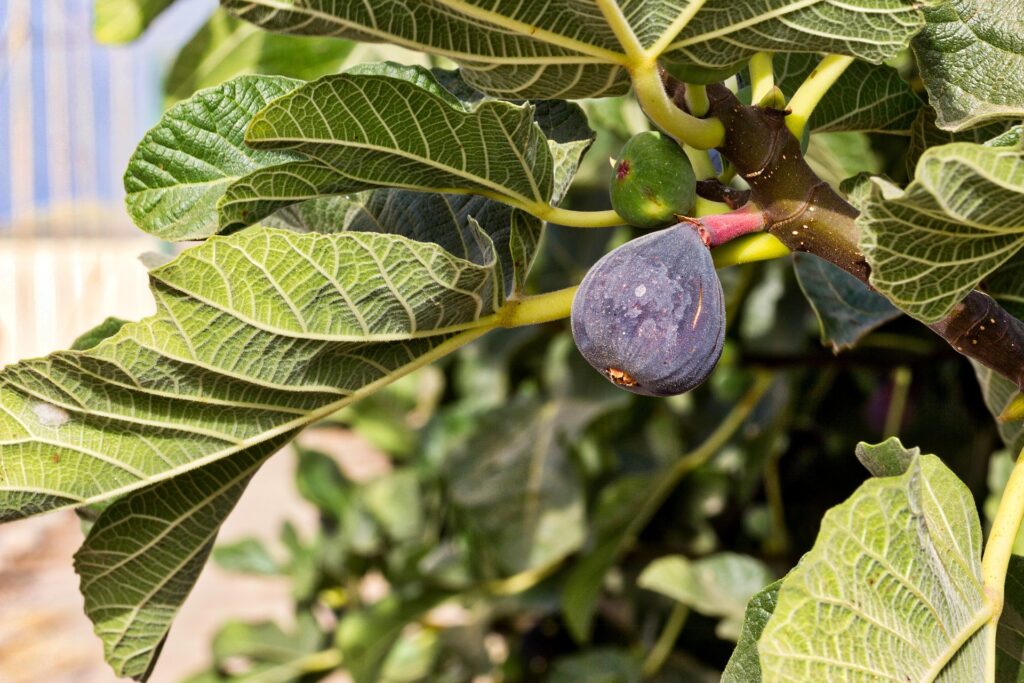
The edible fig (Ficus carica) has made its mark in many home gardens, and it can also flourish beautifully in pots. Dwarf varieties like ‘Petite Negra’ make ideal candidates for container growth, offering delicious fruits and lovely foliage throughout the growing season.
Figs prefer full sun and well-drained soil, making them perfect for outdoor patios or balconies. Given their characteristically extensive root systems, it’s important to select a reasonably sized pot. Regular watering and occasional feeding during the fruiting stage will support healthy development. Harvesting fresh figs without stepping foot into a grocery store is an extraordinary experience that will delight any home gardener.
Dogwood
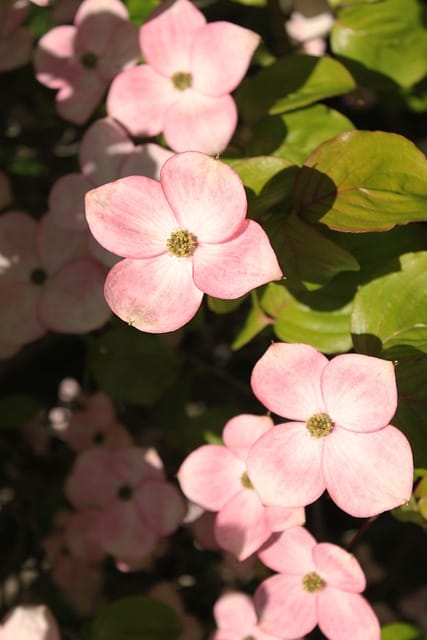
Dogwoods (Cornus spp.) are celebrated for their striking blooms and unique branching structure. The smaller varieties, such as the flowering dogwood, are ideal for containers, adding enchanting spring flowers that transition into lovely fall colors, making them breathtaking year-round.
These trees thrive in partial shade and require moist, well-draining soil. Container gardeners should pay attention to watering, as dogwoods do not tolerate excessive dryness. Apart from their stunning aesthetic appeal, dogwoods also attract pollinators, enhancingnot just your garden but the surrounding ecosystem as well.
Frangipani
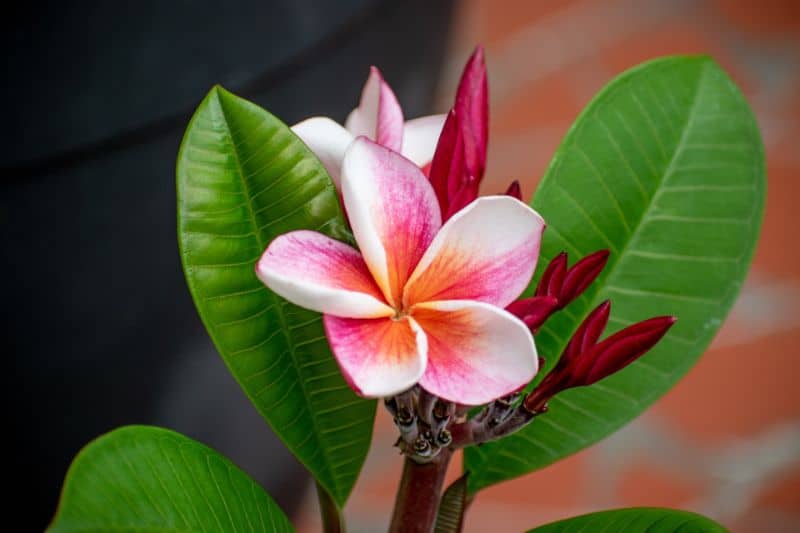
Frangipani trees (Plumeria spp.), also known as plumeria, are stunning ornamental plants with striking floral displays, especially in tropical climates. They can be grown in pots and bring a heavenly scent and vibrant colors, from yellows to pinks, to your garden.
Frangipanis thrive best in warm weather and prefer full sun. Well-draining soil is crucial, as they are susceptible to root rot. Regularly watering your frangipani promotes healthy growth, but be cautious during the winter months when dormant, as it requires less moisture. Their exotic blooms add a tropical flair to your pot arrangement, creating an inviting atmosphere.
Persian Silk Tree
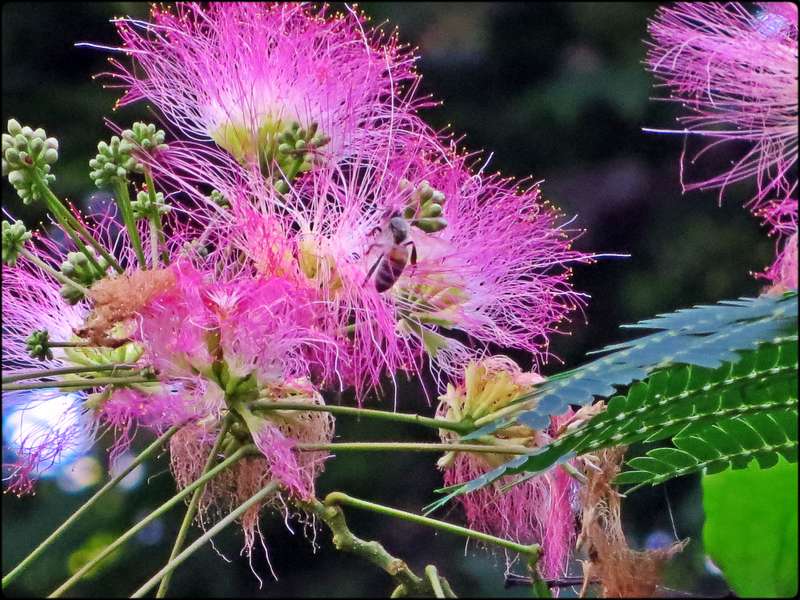
The Persian silk tree (Albizia julibrissin) is celebrated for its beautiful, fluffy pink flowers and graceful leaves. Also known as the silk tree, it is a fantastic choice for container gardening as it can exhibit a stunning display during the warm months. This tree can reach heights of about 10 to 15 feet, making it an ideal option for larger pots.
Silk trees thrive in full sun and well-draining soil, requiring regular watering, especially during the flowering season. They are relatively low-maintenance, making them suitable for busy gardeners. Embracing a Persian silk tree in your container garden adds exotic charm and delicate beauty.
Amelanchier

The Amelanchier tree, or serviceberry, offers delightful spring blossoms and delicious, edible berries. These trees are small and manageable, making them a perfect candidate for container gardening. They thrive in various climates and can add seasonal interest to your patio or garden.
Amelanchier trees prefer sunny or partially shaded locations and well-drained soil. Regular watering encourages healthy growth, and when grown in pots, they also appreciate mulch, which helps retain soil moisture. The tree’s flowers attract pollinators, while the berries entice birds and create a dynamic ecosystem in your garden.
Dwarf Conifer

For those who appreciate evergreens, dwarf conifers provide the joys of miniature trees that maintain color and structure year-round. Options like dwarf Alberta spruce or dwarf blue spruce can create stunning visual anchors in containers.
Dwarf conifers are typically low maintenance and thrive in plans that receive full sun to partial shade. They prefer well-draining soil and are drought-tolerant once established. Their compact nature makes them superb choices for container gardening, showcasing delightful foliage and structure through all seasons.
Banana Tree
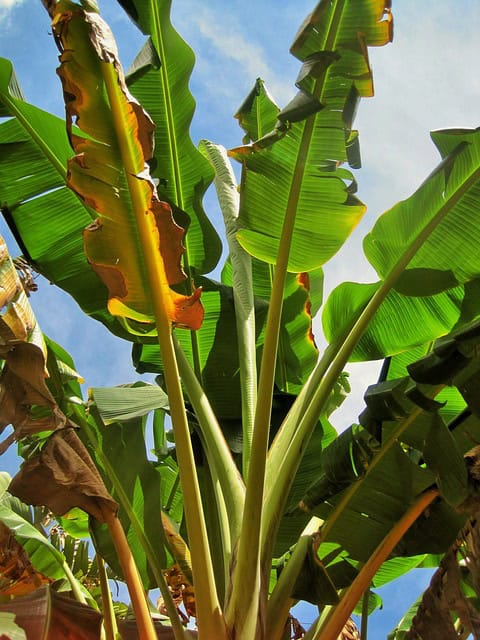
If you’re feeling adventurous and wish to bring a tropical vibe to your garden, consider cultivating a banana tree (Musa spp.) in a pot. Dwarf banana trees, like ‘Dwarf Cavendish’, are well-suited for containers and can produce delectable fruits, along with showcasing large and lush leaves.
Banana plants prefer plenty of sunlight and require consistent watering to yield sweet, juicy fruit. They also appreciate rich, well-draining soil. As they grow, they can become quite tall, making them excellent focal points in your garden. With a banana tree in a pot, you can experience a little slice of tropical paradise right in your backyard.


